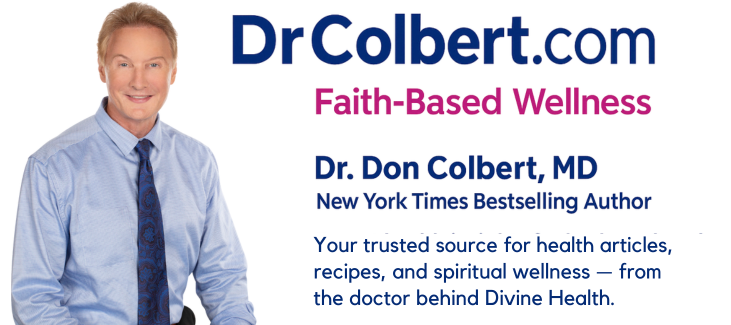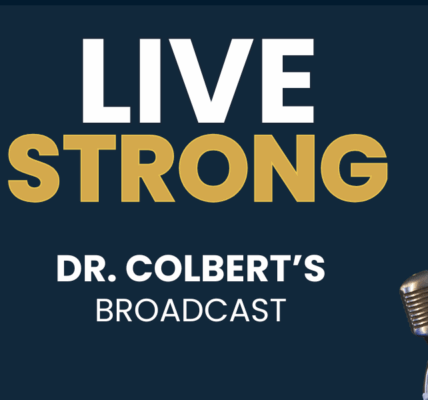The Biggest Myth About Gaining Muscle on Keto (Plus 5 Tips for Maintaining Lean Muscle Mass)
Gaining muscle on keto
Are you worried about losing or not being able to build muscle on the keto diet?
Eating the Keto Zone way is fantastic for weight loss and losing fat, but some active people worry about losing muscle too. Thankfully, this is a myth! You ultimately do not need to worry about losing muscle on a keto diet.
In fact, keto makes it easier to lose fat while maintaining or building muscle. Let’s talk about why this is the case and break down the myth about building muscle on keto.
Let’s Bust the Myth About Maintaining or Building Muscle on Keto (Plus 5 Tips)
Here’s why the belief that “you’ll lose muscle on the keto diet” is a big myth.
Carbs Aren’t Necessary for Building Muscle on Keto
To build muscle, your body needs:
- Enough protein, since the essential amino acids of dietary protein are the building blocks of lean mass. This is between 1 and 1.2 grams per pound of lean body mass.
- The right type of training: To grow, your muscles need to be challenged and “broken down” with the right weight training regime.
- A surplus of energy, a.k.a. calories. Your muscles need extra calories to build and grow.
Numbers 1 and 3 are easily achievable on the Keto Zone diet, with moderate protein intake and high amounts of calorie-rich fats.
Now, we’re not saying carbs aren’t good for building muscle. They are—but they’re also good for gaining fat.
When carbs aren’t used by the body, they’re stored as glycogen in the liver and muscles. (Glycogen is used as a secondary energy source.)
When your body gets used to using fats for fuel (which is known as being keto-adapted) and is in the Keto Zone), you’ll need very little glycogen. And your body can make that glycogen from protein, which is known as gluconeogenesis.
Related post: What is the Keto Zone? 5 Key Signs You’ve Entered It
The Keto Zone Diet Supports Healthy Muscle Building
Because the keto diet includes a healthy amount of protein intake and can easily provide extra calories to feed muscles, it’s a great option for building lean muscle mass while maintaining a slim physique.
It’s true that building muscle may be slower on a keto diet, but here’s why: You’ll be building the muscle without extra fat gain.
That being said, here are some tips for building muscle on keto healthfully and efficiently.
1. Make Sure You’re Hitting the Keto Diet Macros
Remember that the Keto Zone diet is 70% of calories from fat, 15% from protein, and 15% or less from carbs (for most people, this is 20 grams of carbs or less).
Usually you don’t need to waste emotional energy on getting these perfect as long as your carbs are good. But if building muscle is a main goal or you’re concerned about losing weight you have, you’ll want to give extra attention to reaching your target macros for protein.
(Use our Keto Calculator to get the carb, fat, and protein grams of any food!)
2. Ensure Calorie and Protein Intake is Right for Your Goals
If you’re primary goal is building muscle, you’ll need to eat more calories than you burn. That means increasing your fat intake to boost your healthy calories.
But what if you simply want to maintain your lean muscle while also losing body fat? In this case, you’ll still want to eat less calories than you burn but also increase protein intake to feed your muscles.
3. More Protein is Okay if You’re Working Out
If you’re weight training to build lean muscle, your body will use the protein you consume to build that muscle, so you can generally eat more of it than the average keto dieter. Just continue to monitor any differences in how you feel or weight changes and adjust as needed.
4. Supplement with Collagen Protein and Aminos
Sometimes it’s hard to eat enough protein on the keto diet, especially since it can be so satiating. One of the fat-burning benefits of being in the Keto Zone is appetite suppression!
This is exactly why we formulated Hydrolyzed Chicken Collagen protein. Supplement with collagen protein to easily increase your protein intake while also repairing connective tissue.
You can supplement with essential amino acids to help keep your protein consumption optimal and promote more keto gains.
5. For Serious Fitness Levels, Time Your Carb Intake
For serious athletes, keto bodybuilding, or intense fitness levels where you need extra carbs for high-intensity workouts, there are alternative ketogenic diets you can follow:
- Cyclical ketogenic diet (CKD): Eating a ketogenic diet except for “carb refeeding” days you have 1-2 times a week to refill glycogen stores for training.
Targeted ketogenic diet (TKD): Eating carbs about 30-60 minutes before a workout, then eating normal keto the rest of the time.
If you’re working out moderately and just looking to build some muscle and burn some fat, you likely won’t need to do more than the standard Keto Zone diet while following tips 1-4.
Gaining muscle on keto- The Keto Zone diet is the best form of the keto diet because it emphasizes healthy, whole food sources that are health-promoting and help you reach your goals fast! Grab a copy of the book here to learn more.
More Articles From Drcolbert.com Find Out More About Dr.Colbert’s Health Services








